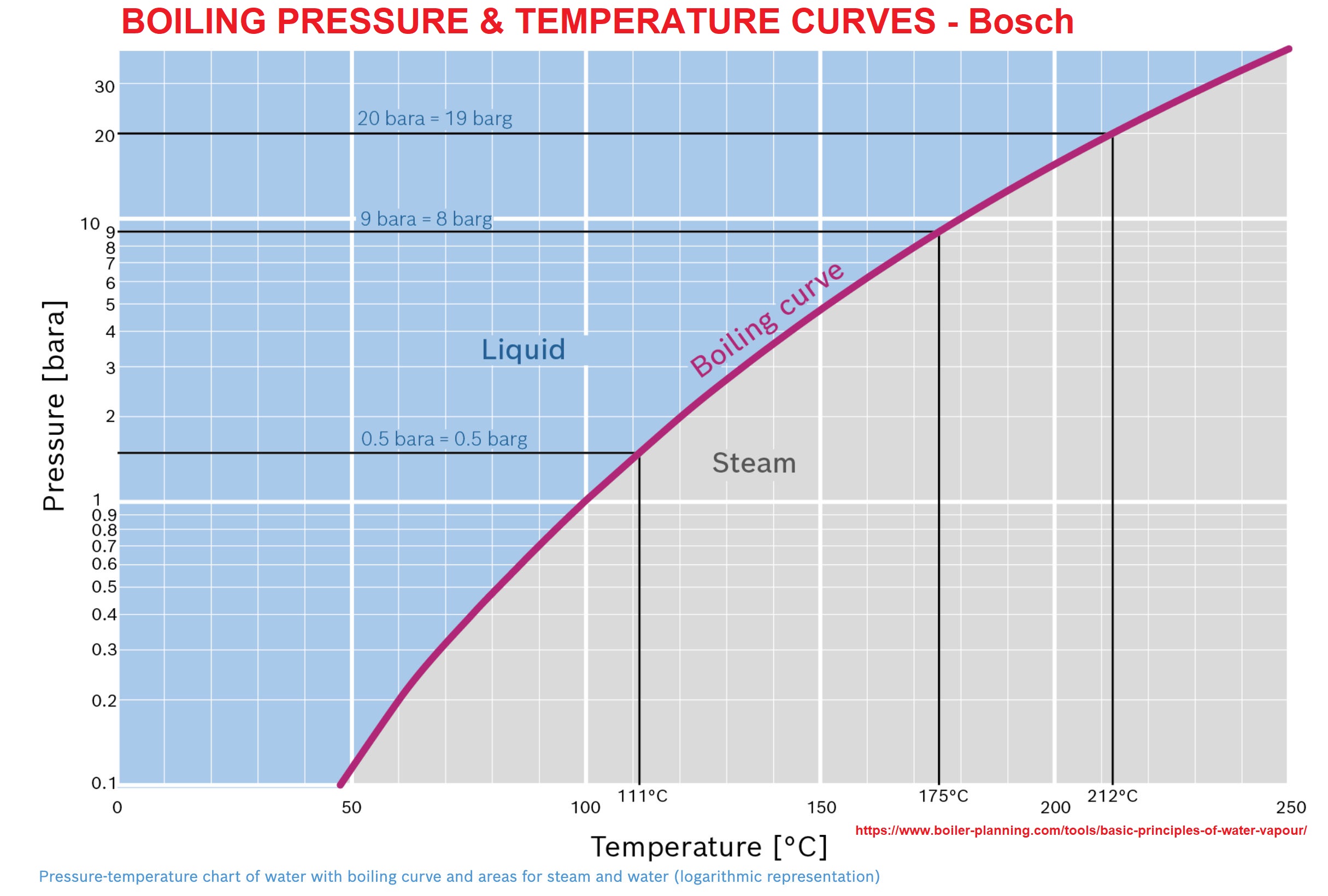Hi everyone!
I have been carefully reading the pinned post "Making Hot Sauce 101" which suggests that hot fill/hold method is the most common method for hot sauce makers. This method definitely appeals to me the most however upon googling further about the hot filling method, I see articles like this (https://www.pickyourown.org/cannersnotrecommended.htm) which states that inversion canning is NOT safe.
This makes me super confused, the "Making Hot Sauce 101" guide was published in 2012, is it outdated now?
How come there are so many articles like the one above? At first I thought maybe it is because people are talking about inversion canning for jams or pickles and not sauces, but it does mention things like tomato sauce as well.
Am I wrong to assume that inversion canning and hot filling is the same thing? If so, how is it different?
Further insight would be very much appreciated, thank you!
I have been carefully reading the pinned post "Making Hot Sauce 101" which suggests that hot fill/hold method is the most common method for hot sauce makers. This method definitely appeals to me the most however upon googling further about the hot filling method, I see articles like this (https://www.pickyourown.org/cannersnotrecommended.htm) which states that inversion canning is NOT safe.
This makes me super confused, the "Making Hot Sauce 101" guide was published in 2012, is it outdated now?
How come there are so many articles like the one above? At first I thought maybe it is because people are talking about inversion canning for jams or pickles and not sauces, but it does mention things like tomato sauce as well.
Am I wrong to assume that inversion canning and hot filling is the same thing? If so, how is it different?
Further insight would be very much appreciated, thank you!


